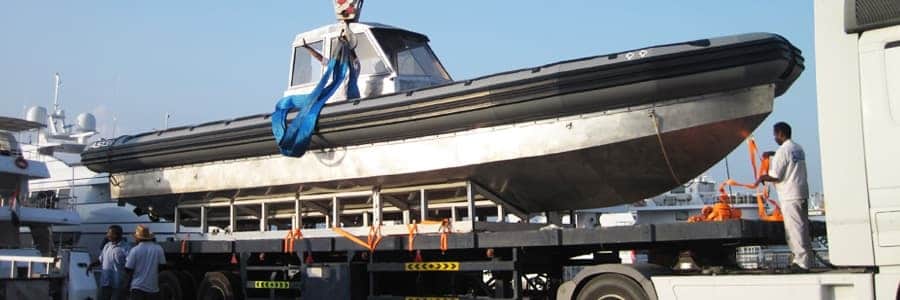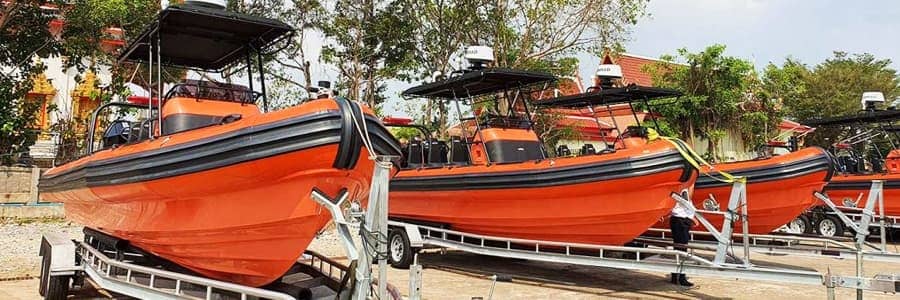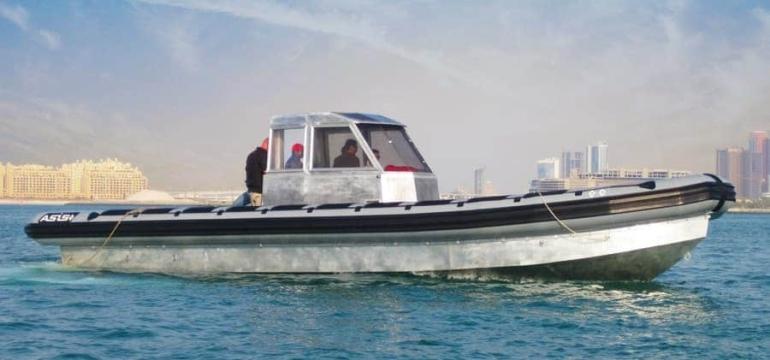What is the difference between a fibreglass and an aluminium constructed hull boat?
Fibreglass vs Aluminium constructed hull boat
The age old question when it comes to buying a boat: Should I buy a boat that is constructed with a fibreglass hull or an aluminium hull?
Fiberglass vs aluminium hull? The short answer is it depends on your preference. The long answer will provide you with an explanation on the difference between the two so you can make an informed decision when the time comes!
Traditionally, boat hulls were constructed from wood but with time most boats’ hulls started to get constructed using aluminium or fibreglass as both materials offer several advantages.
Aluminum on one hand is strong, durable and fairly easy to maintain which gives it the following main advantages:

Lightweight:
Aluminium is a very lightweight yet strong metal. A lightweight hull requires less engine power to cut through water, and also helps in the launch and recovery of the boat.
Easy to maintain:
The metal is generally resistant to corrosion, provided the right alloys are used and insulation procedures are followed, as we do at ASIS Boats.
Customizable:
Aluminium has a fair amount of elasticity which allows for customization of the hull. Deep, flat-bottomed, short or long, the aluminium hull can be constructed to your exact specs, which makes them particularly perfect for professional boats such as patrol boats, search and rescue boats, special ops crafts and the like.
Recyclable:
Aluminium is 100 percent recyclable and retains its properties indefinitely, making it one of the most eco-friendly metals to use. Recycling takes a fraction of the energy and cost required to produce it.
The main disadvantages of an aluminium hull to take into consideration are the loud noise the hull makes and its lack of agility as the boat is less solid for high speed manoeuvres.
Fibreglass on the other hand became popular in the boating community and the clear winner over Aluminium hulls as it offers the following advantages:

Easy to build:
Fibreglass malleability allows it to be moulded into any shape. The hull is created from a preset mould which once created takes less time and skill to construct a new boat hull.
Easy to maintain:
Fibreglass constructed hulls can be easily maintained without a lot of effort as the material is not affected by moisture or the elements and can be cleaned very easily. These boats can even be left in the water for long periods without any worries about being damaged.
Quieter rides:
It is much less noisy as the boat cuts through the water. And with ASIS’ unique Air Hull design, the water splashes away from the boat allowing for smoother and drier rides.
The main drawback of a fibreglass hull is that it is made from a mould which limits customization options to the hull specifically so once the mould is created, the design cannot be changed. That said, everything above the hull can be fully customized at ASIS!
Now that you are better informed about the advantages and drawback of the two materials (fiberglass vs aluminium hull) that are used to make the largest part of your boat, you can always request a sea trial of the two different types of boats to experience each and decide based on your preference and usage needs.


